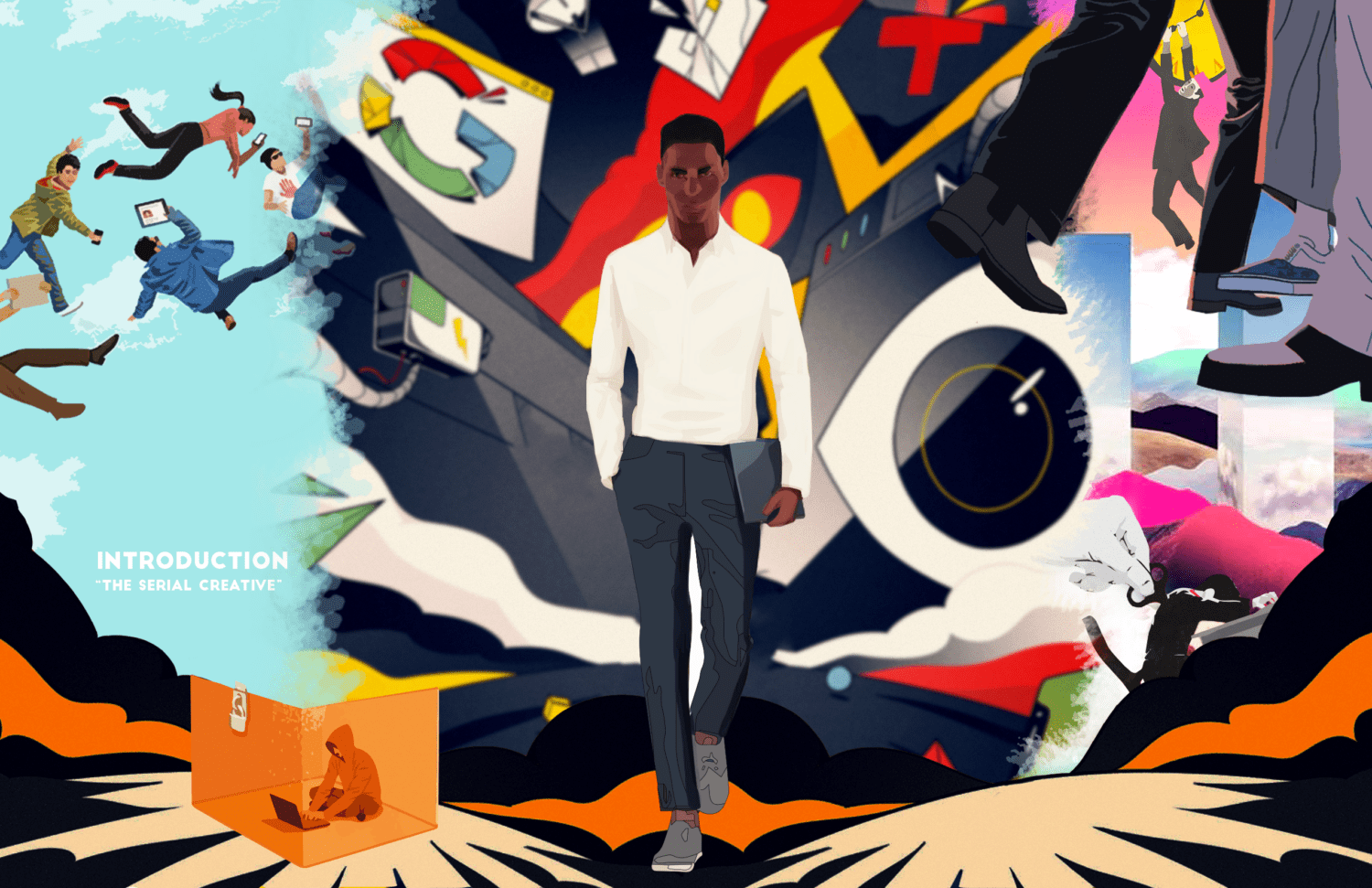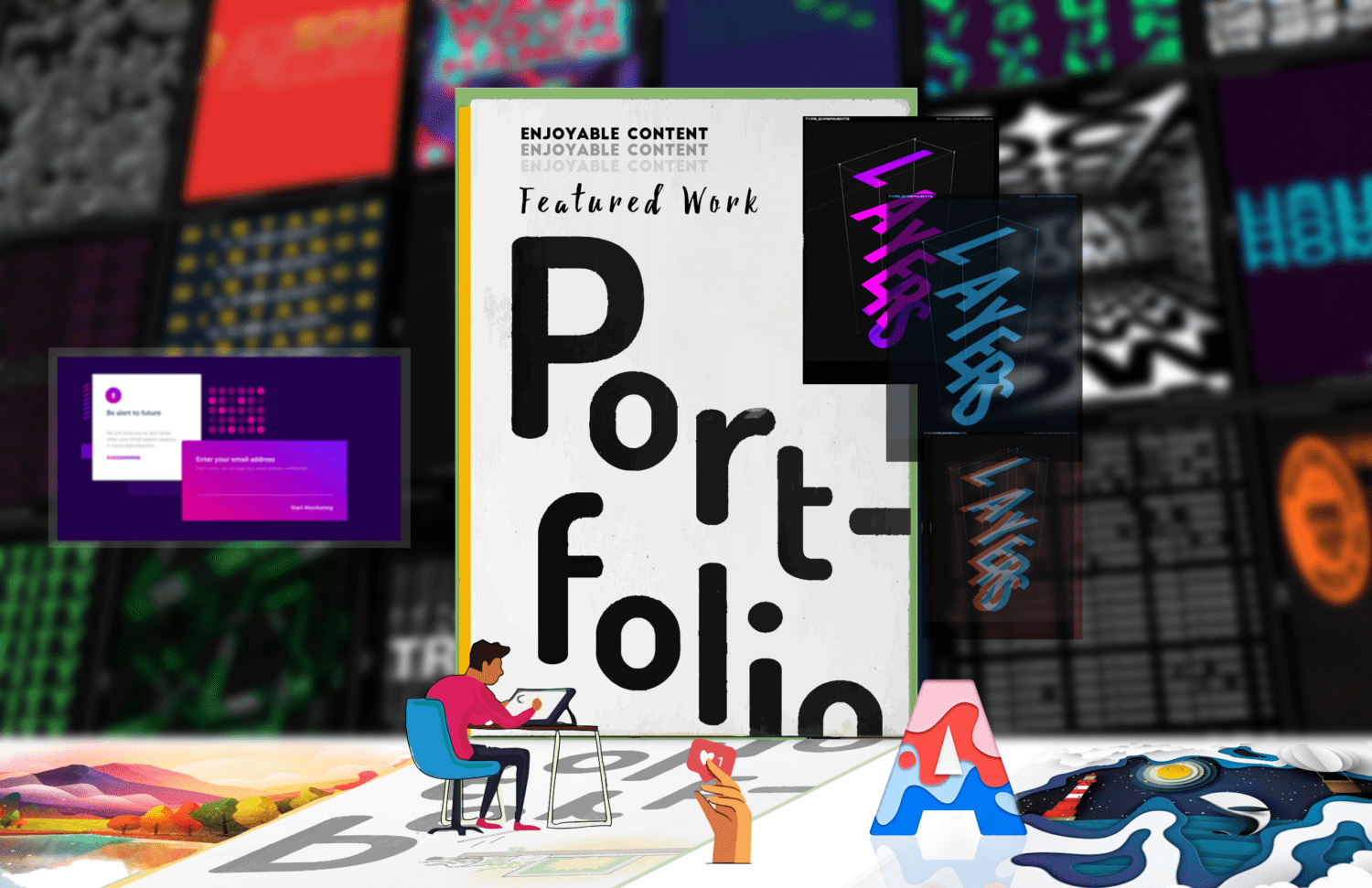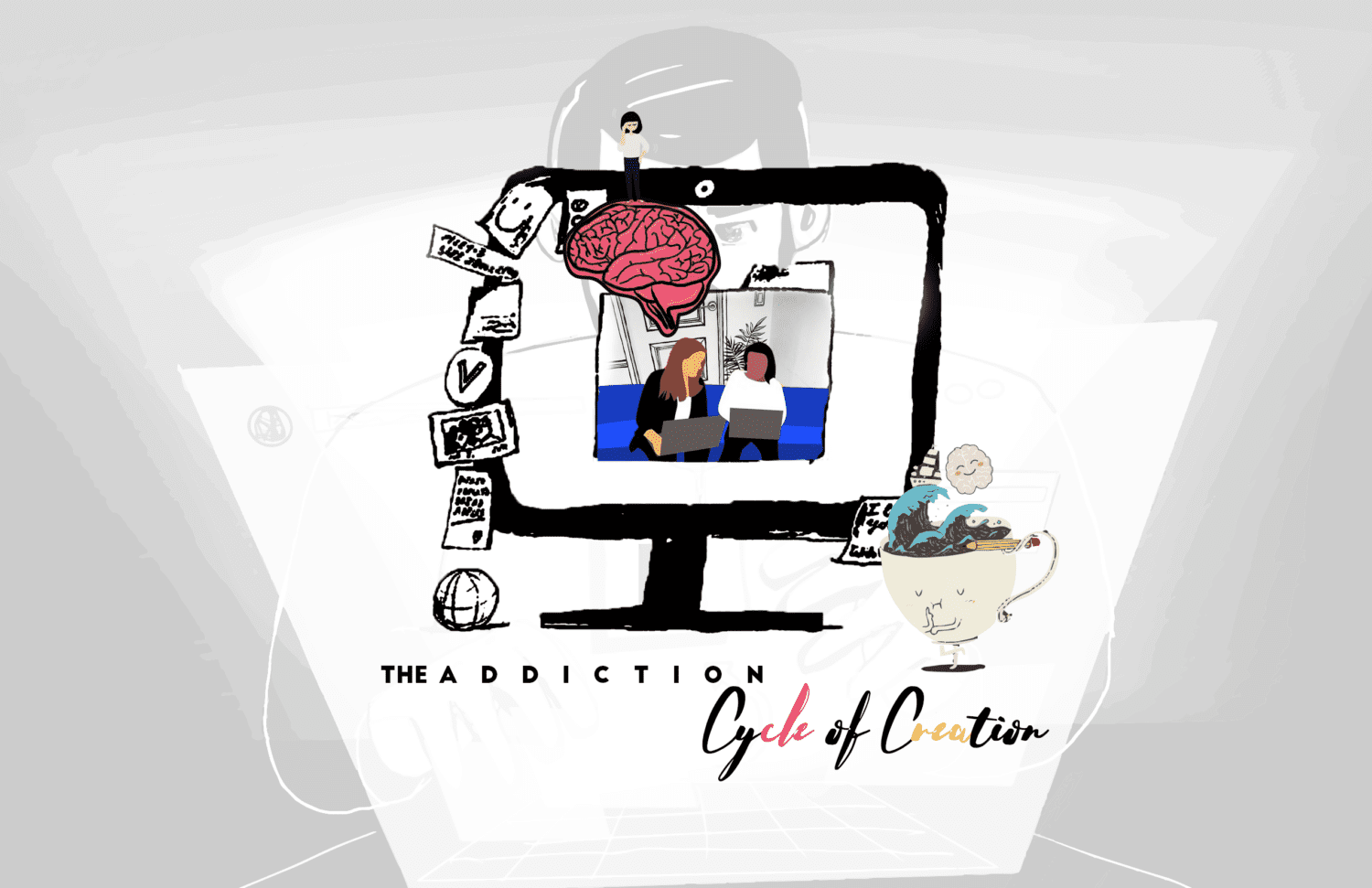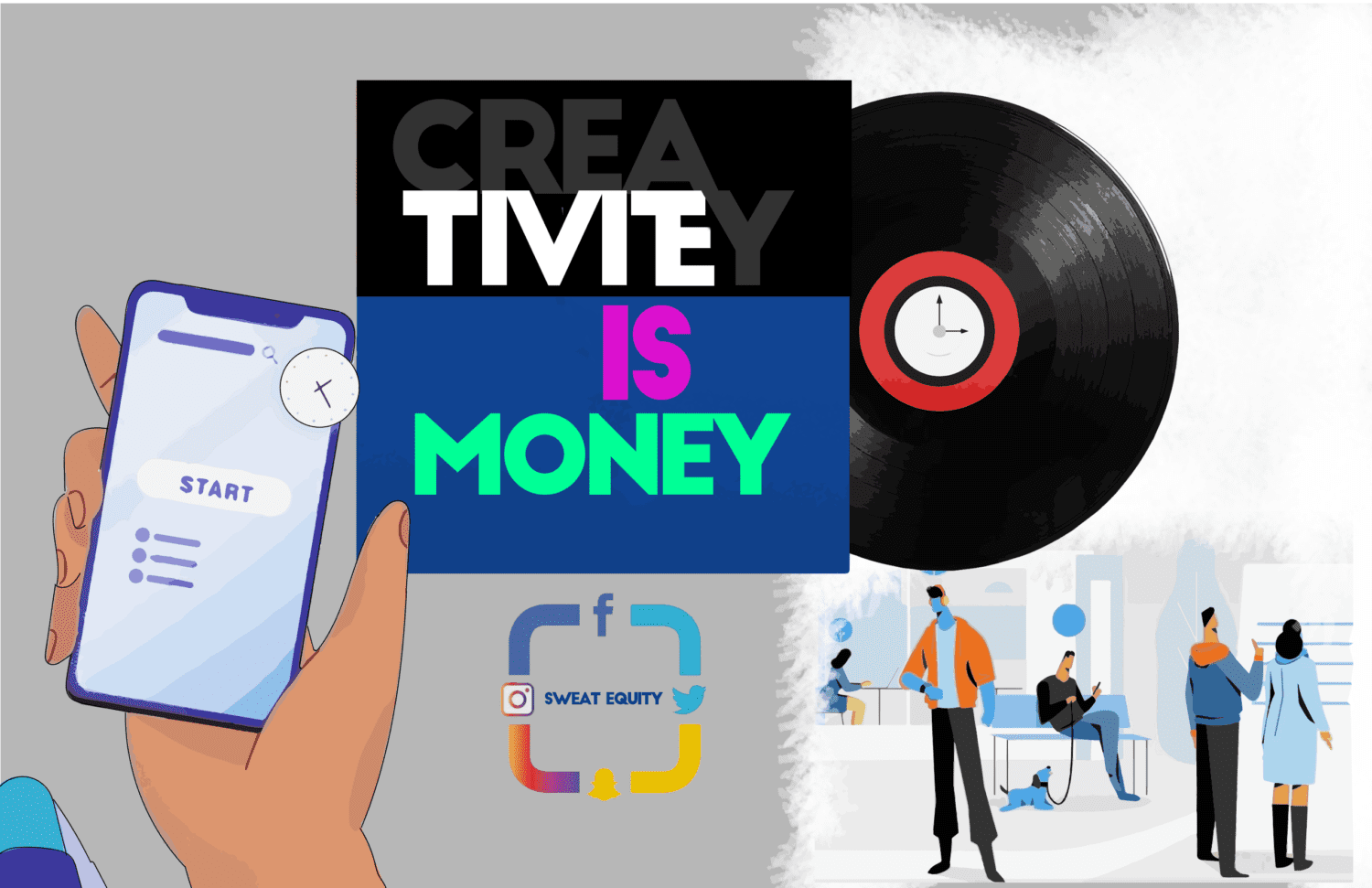
It isn’t easy being creative. To somebody outside of the community, our methods can appear haphazard and careless. “Living the dream,” they call it, but sometimes our dreams can be a nightmare! Many of us are serial creators, addicted to the joy of inventing new things. We’re always in search of the next creation and invention. We talk to our dear friends about our new artistic hobby, but our mercurial approach to employment can be anxiety-inducing and, if left unchecked, can be self-sabotaging.
Learning to be equally disciplined with every idea is difficult, but it will help you regulate your work patterns and meet deadlines. It requires time, discipline, and strategy to transition from being a serial creator to being a full-time creative freelancer. I define a “serial creative” as a person that continually creates new art or programming, but never fully commits to each project. I was a serial creator in my younger years, and my curiosity pushed me into numerous artistic hobbies, which I don’t regret ever learning. But in 2012, I decided I had to pay the bills with my creativity because working my nine to five wasn’t fulfilling enough, in more ways than one. I realized that I needed to become a “creative freelancer” and harness my creative skillsets to build a business and financial independence. But how would I get there?

For many creators, brainstorming new projects is an addiction. It feels incredible each time we start our latest pet project and idea. Building on our project week after week is hypnotizing, but before we know it, we’ve spent months and a small budget taking on something we no longer have the capacity or excitement to build on. Or in other cases, artists move onto the next thing before we’ve finished the last. A constant search for creative fulfillment can cripple follow-through and make it a challenge to complete projects. As a result, our portfolios can quickly become littered with unfinished and unpresentable work, making it even harder for us to secure clients and stable income.
When I consult freelancers, I advise them to build a portfolio full of content they’d enjoy making for the rest of their life—designed in their style and to their liking. Start designing your legacy! Your website and social media are your business cards, and they should feature your entire portfolio. Wasting time on projects you would never feature will only slow you down. Learn to say no to partnerships that aren’t a good fit for you creatively or anyone misaligned with your mission and vision. Turn them down gracefully, who you don’t choose to work with is just as important as who you do choose.

Next, ask yourself if you have the proper tools and resources to complete your project the way you’d like. Will your project become overwhelming in the next phase? Businesses use a strategic planning technique called a SWOT analysis, which can help you determine the best ways to spend money, time, and energy. A SWOT analysis helps you identify strengths, weaknesses, opportunities, and threats related to your project planning and potential competition. For example, the desire to make a music album can be empowering and inspiring, but recording, mixing, production, marketing, financing, and touring can be stressful and in extreme cases can trigger resentment toward your dream. A SWOT analysis would help you identify all these factors before you start the album and help guide the project’s scale and pace.

Lastly, setting deadlines will significantly improve your chances of success, by a lot, no joke! By having a finite date and time set for your idea, you help to regulate your time and progress. By reaching goals and ending projects on a high note, you’ll feel in control of your career and can also show a track record of success to clients and fans. This effort will help you increase your service rates because your successes are tangible. By planning from start to finish, you can show that you’re capable of managing and executing amazing and creative projects.
Clients will want to hire you once they see the benefits your abilities can create for them, and you have to show it first through your work and productive habits. Potential clients want to know you’ll meet their objectives, and it’s hard to prove if nothing you’ve done looks finished. Your creative projects will be your future commercials. Remember, you’re selling your talents and skills, so make every minute and creative impulse count toward your larger goals.
